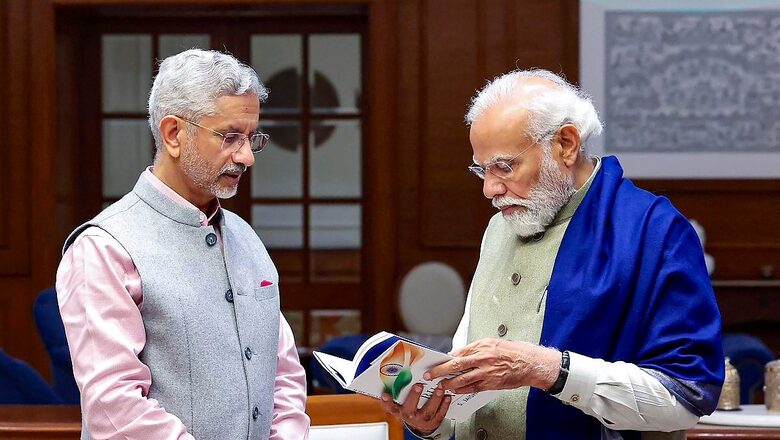
views
Why the Sudden Rise of India’s Global Diplomatic Footprint is No Coincidence
Indian foreign policy and the heights it has grown to in recent years has become a raging subject of discussion not just within the country, but around the world. Diplomatic circles are realising that India is now a country on a mission. Gone are the days when India chose “non-alignment” as its biggest foreign policy tool. In an increasingly multipolar world, India can no longer afford to remain oblivious to the power blocs that exist.
Contrary to the principles of non-alignment, what is increasingly needed is for India to align with all poles in the world and reap the most out of all such diverse relationships. It is no coincidence, therefore, that India is today a country which has a robust and critical partnership with the West, even as it continues buying Russian oil and refers to Moscow as its “best friend”, while simultaneously projecting itself as a leader of the Global South.
The 2024 Global Diplomacy Index brought out by the Lowy Institute has some fascinating details which capture the scale of the effort currently underway to make India a diplomatic heavyweight in the world. For starters, the Index has recognised India as the country with the fastest-growing diplomatic network in the world. Together with Türkiye, India has the fastest-growing network of any Index country, adding 11 new diplomatic posts since 2021. Almost three-quarters of these new posts are in Africa alone.
India’s diplomatic footprint is most pronounced in Africa, Asia, and Europe, and it is represented in every country in Asia, Eastern Africa, and the Indian Ocean Region. However, the annual index has noted that India has “limited diplomatic representation in the Pacific,” operating only two posts among the Pacific Islands Forum members.
The expansion of India’s diplomatic footprint runs parallel to its global stature and influence receiving a major fillip in recent years. For decades, India’s foreign service was plagued by understaffing and limited global exposure. It does not take a genius to recognise the fact that today, when India says something on global or multilateral platforms, the international community takes note. That was not the case as early as, say, 15 to 20 years ago. Back then, India was just any other third-world country that the international community and “powers that be” could ignore. Today, the world has learnt that it needs a fundamentally different approach and strategy to interact with a new and resurgent India.
The fact that India’s diplomatic resurgence is happening under Narendra Modi – who his detractors accused of having no knowledge of foreign policy – is nothing short of poetic. Today, the Narendra Modi–S Jaishankar power duo is together unleashing a new brand of Indian diplomacy before the world. Whether it be standing up to the West when need be, or challenging China, or even telling Vladimir Putin that this is not an era of war – India has come to command a level of respect and influence internationally that was previously unheard of.
Equipping India’s Foreign Service to Wield Greater Power and Influence Around the World
India itself recognises the importance of having a presence in all parts of the world. However, a perennial problem that prevented India from reaching a diplomatic crescendo was the acute shortage of experienced personnel in its foreign service. In October last year, the Union Cabinet took a much-needed decision to address this very issue. As a result of the Cabinet approving a cadre review and restructuring proposal of the Indian Foreign Service (IFS), the country’s diplomatic cadre strength will go up by 215 new officers in the next five years.
Here is an interesting statistic: The annual visits by senior government officials to countries with Indian missions have surged from approximately 9-10 in 2014 to 35-40 in 2023. As a result, there is a significant demand for more specialised personnel, both in foreign missions and in South Block. The Modi government unveiled plans to open nine more Indian missions in the next few years and also to meet the growing need at current missions. This restructuring comes 19 years after the last restructuring of the IFS cadre in 2004. The restructuring will not only boost the intake of IFS officers at the initial stage but will also establish new positions to meet the expanding requirements of the foreign service.
According to the Ministry of External Affairs, over the past few years, the annual recruitment into the Indian Foreign Service has typically ranged from 30 to 35 individuals. Currently, the service comprises approximately 850 officers responsible for overseeing 193 Indian missions and posts abroad, as well as various positions within the ministry in India.
While the number of IFS officers stands at 850, the total strength of India’s diplomatic bureaucracy scales up to over 2,700 if Grade B officers recruited from the Staff Selection Commission (SSC) are counted. This number is in stark contrast with China’s well above 7500 diplomatic staff and the USA’s 14,000 plus.
Heading the effort to overhaul and strengthen India’s foreign service and diplomatic muscle is Dr S Jaishankar, the country’s External Affairs Minister – a career diplomat recognised as one of the best in the world at present.
While the expansion of the foreign service and the making of new missions and diplomatic outposts in various parts of the world is one component of India’s broad strategy, the other is aiding developing and underdeveloped countries. To that effect, India has so far offered 308 lines of credit (LOC), worth about $32.02 billion to various partners in Asia and Africa. These funds have supported more than 600 development projects in sectors such as infrastructure, power, connectivity and health across countries of the Global South.
About $17.06 billion has gone to countries in Asia, $12.15 billion to those in Africa and $2.81 billion to countries elsewhere. In Asia, New Delhi’s “Neighbourhood First” policy remains at play, as is evident from the grant assistance projects with countries such as Afghanistan, Bangladesh, Maldives, Myanmar, Nepal, Sri Lanka and Bhutan. Importantly, between 2014 and 2020, India’s LOC to its neighbours had increased fourfold, going from $3.27 billion to $14.7 billion. The largest concessional credit given by India to a country has been to Bangladesh, worth about $8 billion.
Apart from its immediate neighbours in the Indian subcontinent, perhaps no continent is as important to New Delhi’s growing diplomatic and economic heft as Africa. The highlight of India’s G20 presidency will always remain the inclusion of the African Union into the powerful group. Today, India is Africa’s third largest trading partner after the European Union and China. Trade between both sides has risen 18 per cent since 2003 and reached $103 billion last year. Indian products now represent 6.3 per cent of Africa’s total imports. India is also the second largest lender in Africa. 42 African nations received about $12 billion or 38 per cent of all credit extended by India in the last 10 years. Meanwhile, total Indian investments in Africa stand at about $70 billion, with the goal being to take the figure past the $150 billion mark by 2030.
Importantly also, over the past nine years, India has opened 25 new embassies and consulates across the world, and 18 of these are in Africa alone. That makes India’s diplomatic expansion in the African continent quite visible. It represents a resolve on New Delhi’s part to become a major player in Africa, while also challenging powers that have only their vested interests at heart and are looking to exploit the continent’s resources.
The resurgence of India’s diplomatic prowess marks a significant departure from decades of relative neglect in global affairs. The rapid expansion of India’s diplomatic network, coupled with structural reforms within the Indian Foreign Service, underscores a concerted effort to assert India’s influence on the world stage. As India strengthens its presence in regions like Africa and extends support to developing nations, it is poised to emerge as a key player in shaping the geopolitical landscape of the 21st century. Indian foreign policy has arrived on the world stage, and its era is only now truly beginning.
Views expressed in the above piece are personal and solely that of the author. They do not necessarily reflect News18’s views.














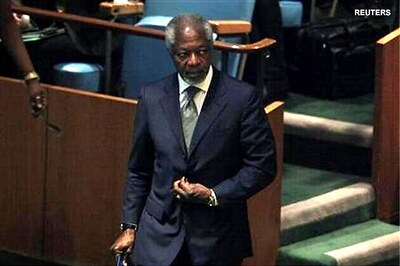
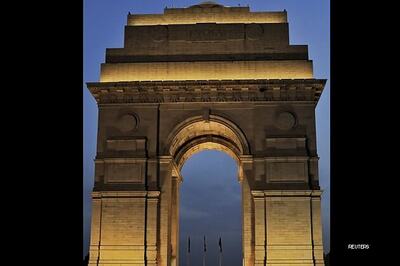
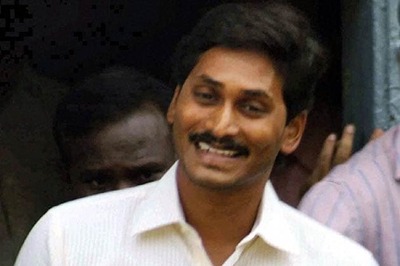

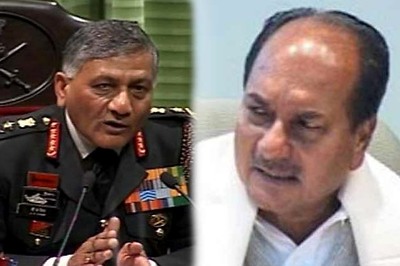
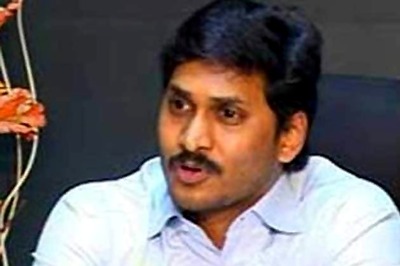
Comments
0 comment